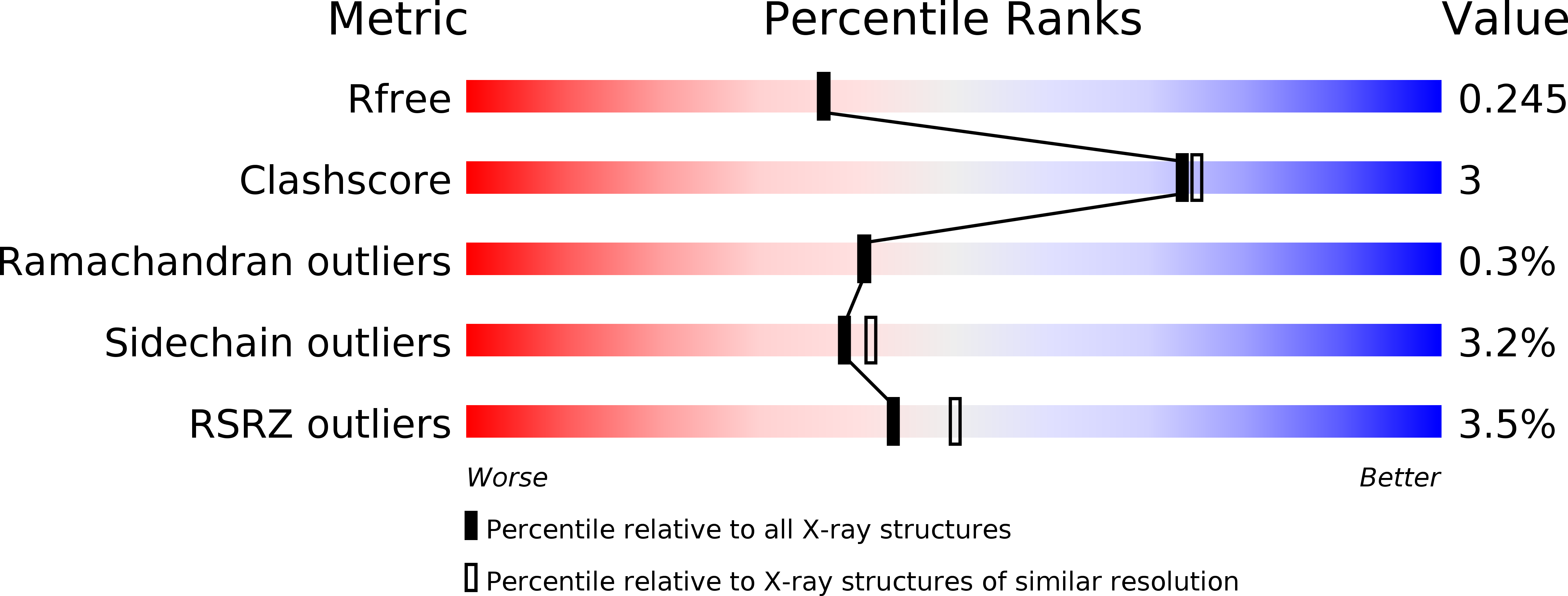
Deposition Date
2012-10-30
Release Date
2013-09-11
Last Version Date
2023-09-20
Entry Detail
PDB ID:
4HSO
Keywords:
Title:
Crystal structure of S213G variant DAH7PS from Neisseria meningitidis
Biological Source:
Source Organism:
Neisseria meningitidis (Taxon ID: 122586)
Host Organism:
Method Details:
Experimental Method:
Resolution:
2.10 Å
R-Value Free:
0.24
R-Value Work:
0.20
R-Value Observed:
0.20
Space Group:
P 1 21 1


